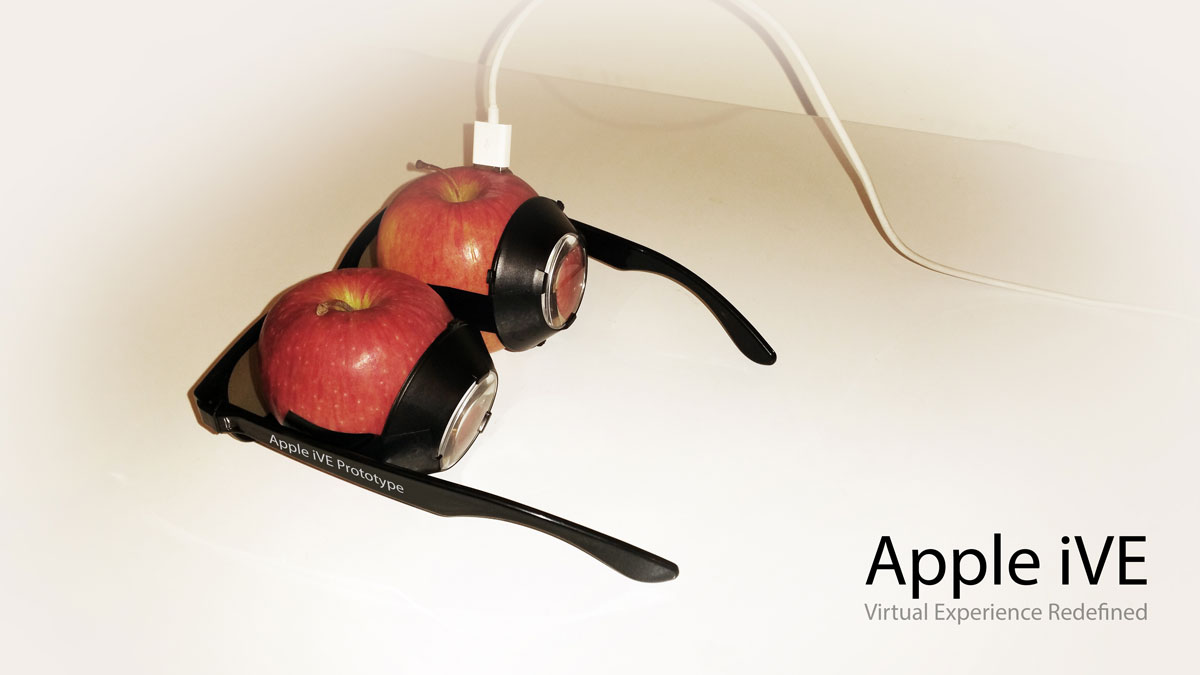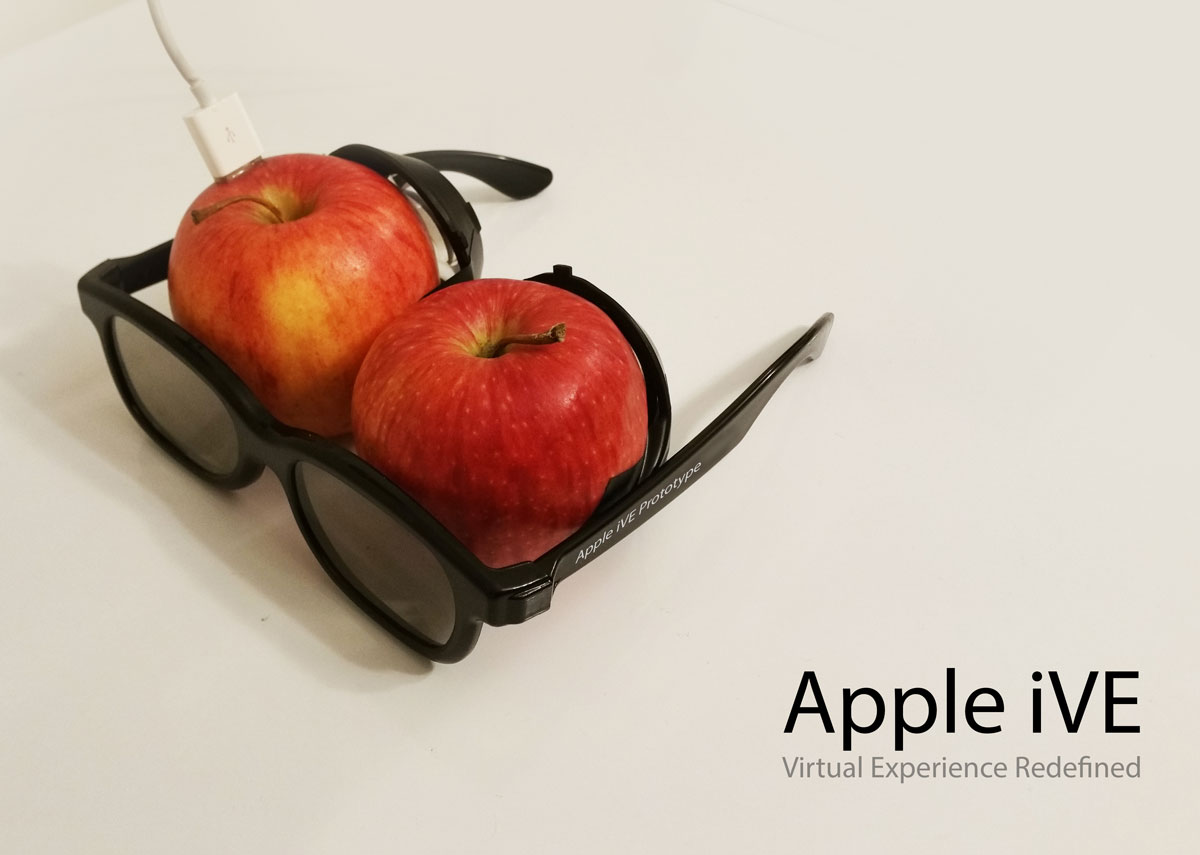It was a moment I had been hoping would happen, yet had never once thought about holding my breath for. Apple is known as one of the most secretive companies in the world, why would they be picking little old me to try the “most revolutionary Apple product yet?”
This was the question that ran through my mind as I was snaked through the sleek, modern halls of Apple’s secret R&D facility buried beneath its headquarters in Cupertino. The cleanliness of the halls shocks me every time, its a cross between a bright white clean room and a spaceship. A pair of glass doors lie ahead with the words, “Top Secret” emblazoned on them. I could feel the giddiness bubbling up inside me. There had been rumors that Apple was working on something in the VR space, even job postings for VR engineers, but there had yet to be any formal announcements.
[Full disclosure, my friend – whose name has been changed to Steve for the purposes of this article, works at Apple in R&D and that is how I was able to set up this hands on. Also the featured image is only a conceptual rendering, the prototype photos are on the next page.]
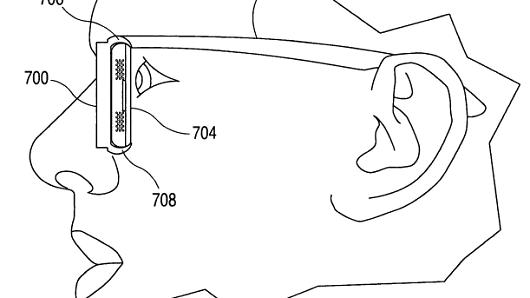
Steve turned to me, “Ok, what I am about to show you, nobody else has seen yet. It’s a step forward for us, into the next generation,” before turning back and pressing his badge to the wall with a smile. As the doors slid open I was greeted by a room that almost immediately reminded me of Tony Stark’s workshop. For me, it was like being a kid in a candy store. I couldn’t believe all of the amazing tech that surrounded me. Breaking me out of my trance, Steve motioned me over to a table in the corner. I walked over and as I did my mouth dropped open. What I saw sitting on the table was about to become the most advanced VR headset I have ever tried.
The form factor of the glasses – and they are more glasses than goggles – is spectacular, extremely light and very thin. Putting the glasses on they disappeared on my face as quickly as the prescription glasses I put on every day. The device also appeared to make use of a slotted in iPhone like device was ultra thin and longer and more narrow than a typical iPhone shape. Asking Steve, he said it powering the device was a new version of their flagship phone, he said will be called the “iVRy.” The phone has been specifically crafted to work with virtual reality with a number of new features: dual rear-facing cameras for stereoscopic pass through, a proprietary depth sensor that allows for precision inside-out tracking (so yes, you can walk), and a wholly new kind of 5k display technology Steve told me is being called internally “True Retina.”
Currently, Steve couldn’t speak to whether the iVRy, would be released alone, but did confirm that the glasses would have a name of their own, the iVE, after lead designer Jony Ive. The iVE stands for “Immersive Virtual Experience,” something that it produces in spades. When asked why both devices don’t share the ubiquitous “VR” in their names, Steve laughed, saying “the iPhone team came up with iVRy first,” and “we didn’t want to overdo it.”
The lens design on the iVE was incredibly unique, a very strangely shaped fresnel lens/prism combination, clearly not glass, unless Apple has invented a new type of glass unknown to man that is lighter than seems possible (which given what I saw in the lab, is not out of the question). The glasses had onboard audio slots not unlike the Hololens, which did provide a very convincing 3D audio effect (more on this later). There was a USB type C port which I would imagine is for charging while using, but knowing the multipurposeness of the port I questioned if there might be some extra usefulness around what the cable was for. When pressed Steve didn’t answer me on this – although it was attached during the demo so I’m wondering if all of this ran off the iVRy, or whether it was connected to some Mac that was hidden under the desk. If that is the case it is pretty exciting because it suggests the iVE would be able to seamlessly switch between a desktop HMD and a Mobile HMD.
As I gawked at the device Steve quietly opened a nearby drawer and brought out two iWatch looking devices. “Input was hard,” he smiles dangling the futuristic wristbands in front of my face. After a few minutes of breathless explanation I figured I finally had it figured out. The devices worked by combining a number of tracking sources that worked concurrently together. Each of the devices had a small skeletal tracker embedded on the top and bottom of the device facing the hands, as well as a number of internal accelerometers, depth sensors, and other internals Steve wouldn’t get into further. The device seamlessly tracked hand motion in combination with another skeletal tracker inside of the iVE, which Steve confirmed has “undisclosed additional internal hardware.” Full body tracking was also something that Steve said Apple would be bringing by the time the device made it to the consumer market.
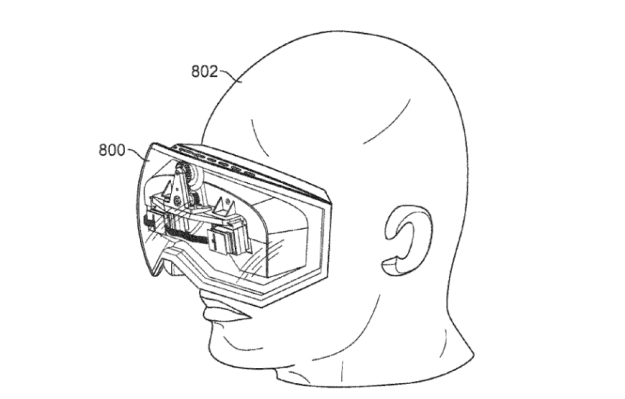
Steve asked if I wanted to try it on, and course I said yes immediately. Putting the glasses on my face, I was immediately greeted with the familiar apple logo, but this was short-lived as an antique presidential looking desk faded into view, complete with a Mac Classic on it. I was immediately reminded of the Oculus Test Scene, albeit this demo’s graphics looked nearly photorealistic! I saw my hands represented in front of me as ghostly visages, flexing my fingers I wasn’t able to break the tracking at all; this was already quite impressive! Steve told me to push in the floppy disk that was half ejected all the way in, and with that familiar chunky sound (and a bit of interesting haptic feedback from the wrist devices), the computer screen lit up, and that old familiar smiley face came on the screen, and with that old familiar voice, it said “Hello…VR World! (if one remembers back to the old mactalk programs, they would know what I’m speaking about). As quickly as I could take in this gleeful scene, everything start disintegrating into a sparkly wireframe, whilst polygonal shards flew in from behind me, building up a technological city that looked like nothing I had ever seen before! As I stared in awe, a ghostly avatar faded into view , a cross between a human and shiny android, and said “Hello, I’m Siri, how can I help?”
I struggled to even think of one thing that I could say (we have all experienced this when using voice input, but this was far more pronounced) so of course I said “What’s the weather like tomorrow?” Duh.
Siri turned toward the horizon, and the sky immediately changed to a rainy scene , while cards slid into view showing the forecast for the next 5 days (although the demo showed Cupertino weather, but I imagine once you own the device it would account for where you actually live), and Siri stated “It looks like its going to rain, unfortunately.” At this point I actually felt a bit dizzy, not due to any simulator sickness, but more due to the onslaught of future implications that flooded my mind. The future was never going to be the same. Steve chuckled at this point as he saw my jaw on the floor and my tongue unrolling like a strip of carpet. He asked me if I wanted try to ask something else.
“Siri, what time is it in Singapore” (‘why do I ask such dumb questions?’ I thought to myself) this time a clock slid into view, the city sky changed again, with the clouds spinning ahead and the sun setting giving way to the night stars, as Siri announced, “Its 4:45 in the morning. Wednesday, March 25th, 2015” (at this point i should point out that Siri’s voice has been massively improved. She has far more subtlety to her “computer accent”) So, just asking the time and it feels like I’ve been transported in a time machine…It’s almost too much. Steve mentions this is more of wow factor and the interface can be simplified for a more functional and less flashy UI. I think I’d keep it as is.
“How about one more question?” Steve asked. I took a second to think about this one, but with such a vast amount of possibilities to do, I couldn’t think of anything besides….
“Show me pictures of Marmoset monkeys”…sigh
Siri responded quickly, “sure,” and turned towards the horizon. As the city faded out, the ground broke into a grid and raised up cards which then faded in images of Marmoset monkeys, and when I looked at different ones they came forward slightly, and some even displayed looping video clips. The effect was magical, for lack of a better word. Steve said it was time to move on, and immediately my mind went to ‘What other questions could/should I have asked!?’
Everything broke apart into wireframe again as Siri backed out of the scene in the same specter-like way as she appeared, and now the scene constructed into a large auditorium. Steve said “I hope you don’t get stage fright.” I could see shapes of members in the audience, but the lights above the stage felt and looked considerably real, blocking them out to a degree. As I swung my head about to look behind me, I could see a massive projection that said “Apple Realty” on it. I was about to give a Keynote?? Suddenly I heard a voice from the audience, “what do you think so far?”
The audience member was highlighted more than anyone else and he had a name above his head (Devon123). It took me a second to clue in, but when I realized what was happening I let out a loud “f—ing amazing.” Immediately embarrassed and feeling somewhat unprofessional, Steve laughed it off, “we get that a lot.” As I looked around I realized even more audience members were highlighted with various names, all laughing as if this was the most given answer. Another demonstrator appeared on stage and briefly explained how this system could be used for telepresent keynotes, meetings and/or just general social spaces, and as he spoke the environment changed from auditorium, from having no walls and being on a Bahamian beach. It was all so amazingly done, and I didn’t feel sick at all as the environment changed (the stage stayed solid as did the audience). The implications of this demo alone were mind-blowing.
“I was hoping to show you our game,” Steve says exiting the demo, “but unfortunately we hit a bug yesterday and I won’t be able to.” Part of me was glad, because he likely saved my brain from exploding due to the sheer awesomeness. The game he described to me was a combat demo using a time machine mechanic to thrust you throughout time and space to different areas against famous opponents. “Imagine being able to Gladiator duel with Spartacus, and then fight one on one with Bruce Lee in a Dojo in Seattle,” Steve described, “and finish your training session with a Lightsaber duel against Vader.” Yup. Brain would definitely have exploded.
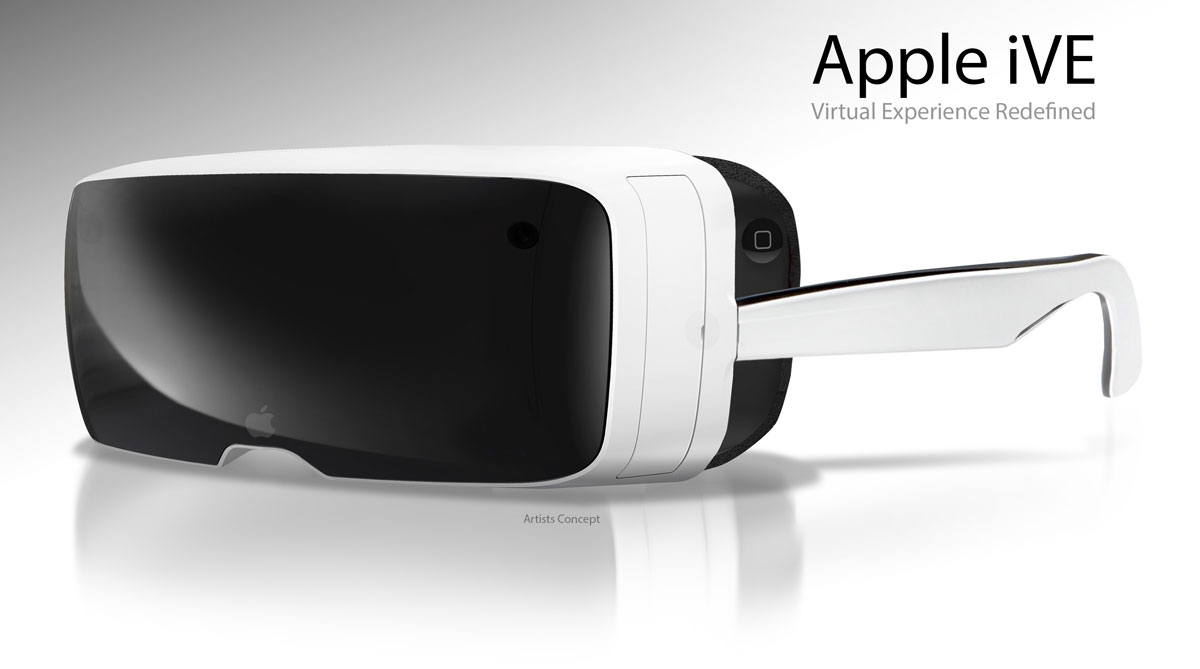
As Steve led me out of the lab I was able to snag a photo of the prototype (which you can see on the next page). My mind raced as I tried to process what I had just seen, literally the most amazing HMD I had seen to date. It was like combining the best of the Vive and the Gear VR into one headset and giving it a science fiction-esque form factor. Just incredible. No word yet on a release date or any further specs.
See the photos of the new prototype on the next page!
APRIL FOOLS!
Image credits to Damien Labonte, make sure to subscribe to his YouTube channel for tons more funny VR stuff! Idea for the joke and for the demos on the device were the result of a collaborative effort between Damien and myself.

![Cupertino's Top Secret: Hands on with Apple's Amazing Upcoming VR HMD [April Fools 2015]](/content/images/size/w1024/format/webp/2015/04/102434105-Apple_headset_diagram.530x29811.jpg)
